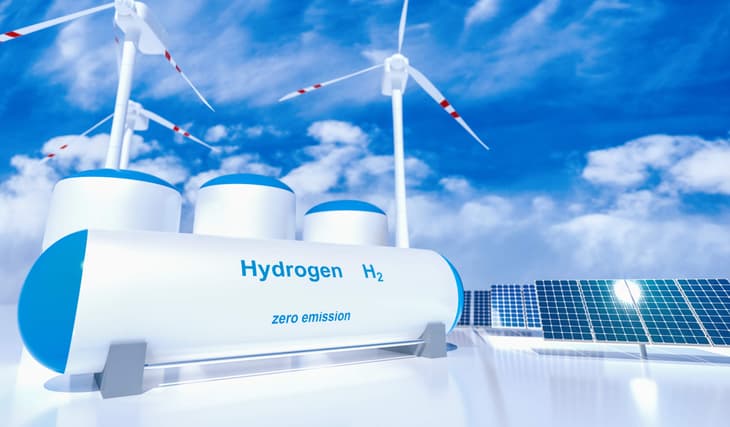One of the most critical problems in storing liquid hydrogen has been the boiloff that occurs. Because of its nature, boiloff occurs very fast in any kind of container, even ones with the best insulation systems. This problem is further exacerbated when transferring liquid hydrogen from a truck into a container. Unfortunately, up until now, this practice has been accepted as part of the business model when using liquid hydrogen. A common partial solution has been to vent the tank by either venting directly to the atmosphere or by pressurising it to the desired limit and then venting it. Either way, more of the stored liquid hydrogen is lost.
Since the dawn of hydrogen energy this problem has existed limiting the use of liquid hydrogen as a solution to so many energy issues, but NASA scientists discovered a solution when they built the world’s largest liquid hydrogen storage tank incorporating the latest cryogenic liquid control technology developed at the NASA Cryogenics Test Laboratory (CTL).
The end result was Integrated Refrigeration and Storage (IRaS) which combined two new technologies including a thermal insulation system using glass bubbles in lieu of expanded perlite powder and an internal heat exchanger. This new system enables complete control over the state of the liquid hydrogen, including zero boil off. The energy savings are a fundamental underlying benefit for this technology combination by simultaneously saving hydrogen and energy; the commercial benefits are substantial. In effect, the solution is a combination of active and passive forces. Refrigeration and Insulation are both equally important. The refrigeration element of this process can be cooling the liquid and/or liquefaction of the gas. This combination now makes storing liquid hydrogen safer than storing gaseous hydrogen and allows denser storage in a much smaller footprint as well.
Gaining full control of cryogenic liquids was a major priority for the US Department of Energy (DoE) and NASA, so they started doing field tests in 2005 to demonstrate this new combination technology. They repeated the field tests multiple times over the next few years resulting in no vacuum problems and a 46% reduction in boiloff. This proved true in 33,000-gallon as well as 125-gallon storage tanks.
... to continue reading you must be subscribed






